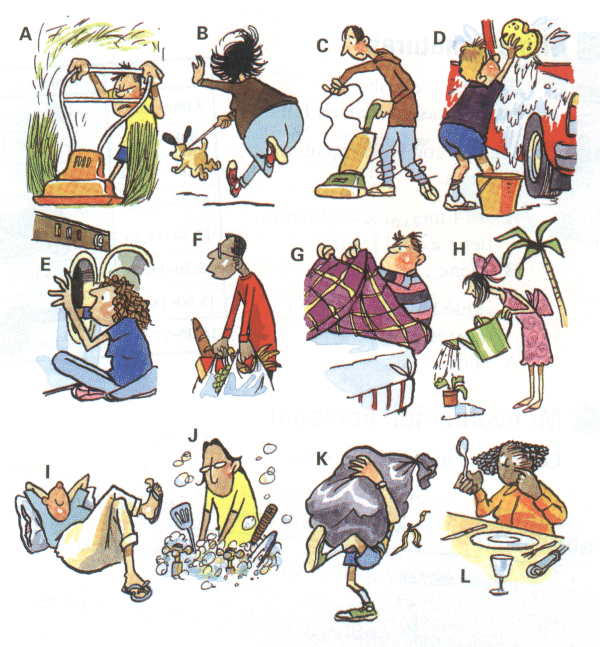Since the founding of the nation to its erection as a global superpower, here's a list of the ten presidents who have played a decisive role in U.S. history .
1. George Washington

The first U.S. president held office for two consecutive terms from 1789 to 1797.
He played a major role in the War of Independence, the signing of the Constitution and the formation of the National Government , so it is one of the Founding Fathers .
George Washington is considered the Father of the American homeland.
2 . Abraham Lincoln

Library of Congress of the United States , digital code cph.3a53289
The sixteenth president of the United States and the first by the Republican Party held office between 1861 and 1865.
Opponent of slavery , played an important role during the Civil War and during peace , being a key figure in the reconstruction of the country.
By Emancipation Proclamation in 1863 announced that all slaves in the Confederate States would be released .
He was the first president who was assassinated in 1865.
3 . Thomas Jefferson

The third U.S. president held office for two terms between 1801 and 1809 . Considered one of the Founding Fathers, was the principal author of the Declaration of Independence.
The consolidation of borders occupied a prominent place during his tenure and, among other things , there was the Louisiana Purchase .
Man of the Enlightenment , founded the University of Virginia in 1819.
4 . Woodrow Wilson

Library of Congress of the United States , digital code cph.3a04218
The twenty- eighth president held office between 1913 and 1921.
With it began a U.S. interventionist policy in South America and became an important part of European policy through its participation in the First World War.
After the war, Wilson took part in the Paris Peace Conference and promoted the creation of the League of Nations , which led him to win the Nobel Peace Prize in 1919.
5 . Harry S. Truman

The thirty-third president of the United States held the position for two terms between 1945 and 1953.
During his tenure there was a large foreign interventionism , taking part in the Second World War , after which it played an important role in the founding of the United Nations . He was in charge of the Marshall Plan , which helped rebuild Europe by U.S. investment , while making served to U.S. positions on the continent and to promote their economic growth and to halt the spread of Communism , something also occupied a central role in the interior with the call Truman Doctrine . Truman authorized the nuclear bombings of Hiroshima and Nagasaki.
6. Dwight D. Eisenhower

The thirty-fourth U.S. President held office for two terms between 1953 and 1961.
Eisenhower fought in World War II and played an important role in the Normandy landings . His position of total opposition to the rise of the Soviet Union led to the arms race and increasing the U.S. nuclear weapons during the Cold War , as well as a strong internal anti already signed agreements to stop overseas the Soviet advance . His meeting with Nikita Khrushchev ushered in negotiations with the Soviet Union.
7. Franklin D. Roosevelt

The thirty-second president of the United States is the only one who has held the post for three terms between 1933 and 1945.
He faced the Great Depression by the policy of " New Deal" , focused on increased public spending and investment in infrastructure which greatly modernized the country.
8. John F. Kennedy

National Archives and Records Administration , ARC Identifier 194255
Kennedy fought in World War II and in the context of the Cold War , continued the anti-Soviet policy of his predecessors during his tenure produced the invasion of the Bay of Pigs , the Missile Crisis in Cuba , the construction of the Berlin Wall , the beginning of the Vietnam War and the space race .
Kennedy 's presidency was an important step in the field of civil rights. He was assassinated in Dallas (Texas ) on November 22, 1963 .
9. John Adams

The second president of the country held office between 1797 and 1801.
It is one of the Founding Fathers of the nation and with Thomas Jefferson drafted the Declaration of Independence of the United States. Never had slaves and was against its use.
10. Barack H. Obama

The forty-fourth president of the United States, in office since 2008.
It is the first African American president. Its policy focuses on coping with the call of the Credit Crisis . In 2008 Obama won the Nobel Peace Prize .
They have led the country in key moments of its history . The question that remains , then, is this: the importance resides in the President himself or the era in which he holds the position












